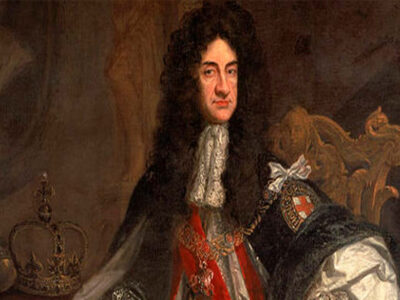The Forbidden Hue: Purple Prohibition
In ancient Rome, the color purple was reserved exclusively for the nobility, symbolizing status and privilege. Ordinary citizens daring to don this regal hue risked accusations of treason, facing dire consequences for their audacity.
Indulgent Feasts and Gluttonous Practices
Roman banquets were legendary for their extravagance, featuring exotic delicacies ranging from songbirds to peacocks. However, it was the peculiar practice of vomitoriums – regurgitating food to continue eating – that showcases their insatiable gluttony and culinary excess.
Eccentric Rulers and Bizarre Governance
Roman emperors were no strangers to eccentric behavior. Nero’s passion for music, Caligula’s outlandish governance, and Commodus’s revelry in combat are well-documented. Meanwhile, Caracalla’s notorious short temper often resulted in violent outbursts, demonstrating the eccentricity of Roman leadership.
Scandalous Love Affairs and Debauchery
Empress Messalina’s pursuit of over 150 lovers, challenging courtesans for endurance, culminated in a scandalous elopement and a tragic demise. Similarly, Emperor Elagabalus indulged in debauchery, epitomizing the excesses of Roman aristocracy.
Fascination with Gladiators and Immortality
Romans held a peculiar fascination with gladiators, with women using their skin as cosmetics and believing in the curative properties of their blood. Moreover, Roman emperors pursued immortality through experimentation with poisons, hoping for immunity and eternal life, often leading to their untimely demise.
Ancient Rome, beneath its cultured exterior, harbored a realm of peculiarity and eccentricity, offering a fascinating glimpse into the idiosyncrasies of this remarkable civilization.










Comments